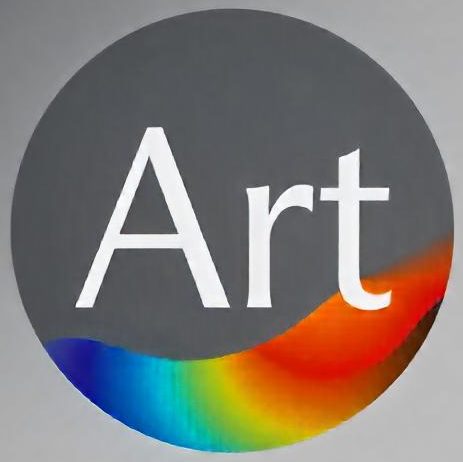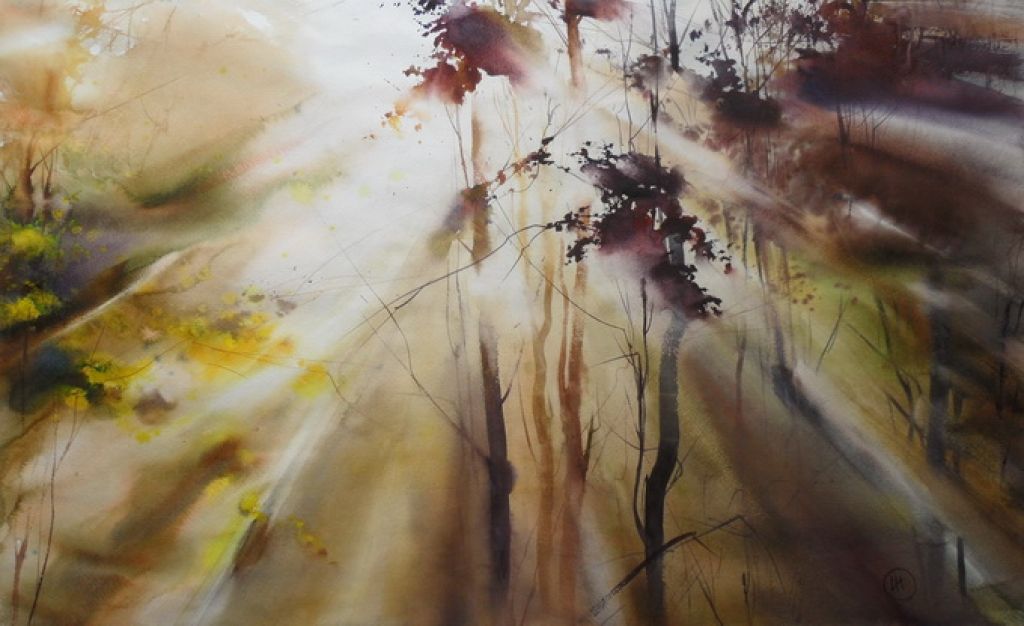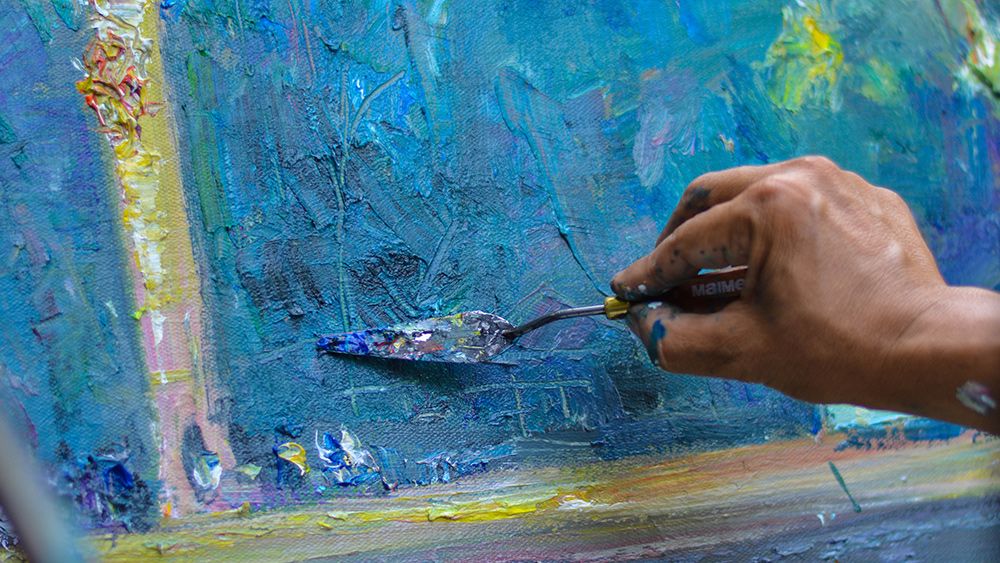Watercolor painting is a delicate and expressive medium known for its transparent layers and ability to capture light in unique ways. The fluid nature of watercolor makes it a versatile tool for both beginners and experienced artists. In this article, we’ll explore the art of watercolor and how it allows artists to create stunning works that are both vibrant and ethereal.
What Makes Watercolor Unique?
Watercolor is different from other painting mediums because of its transparency and fluidity. The paint is made by mixing pigment with water, and its transparency allows the underlying layers of paper or previous colors to show through. This gives watercolor artwork its signature lightness and depth.
One of the most distinctive features of watercolor is how it interacts with water. The paint naturally flows and blends in ways that allow artists to create soft transitions and delicate gradients. This spontaneity is one of the key elements that make watercolor so captivating.
Essential Supplies for Watercolor Painting
To get started with watercolor, you’ll need a few basic supplies:
- Watercolor Paints: Available in tubes or pans, watercolor paints come in a wide range of colors. Beginners often start with a basic set of primary colors.
- Watercolor Brushes: Special brushes designed for watercolor work are essential. These brushes have soft bristles that hold water well and allow for smooth application of paint.
- Watercolor Paper: The paper you choose is important as it must be thick enough to handle water without warping. Look for paper specifically designed for watercolor.
- Water and Palette: Water is used to dilute the paint and control its intensity. A palette allows you to mix different colors to create your desired shades.
Techniques for Creating Stunning Watercolor Art
1. Wet-on-Wet Technique
This technique involves applying wet paint onto wet paper, which allows the colors to flow and mix naturally. It creates soft, flowing transitions and is perfect for creating backgrounds, skies, or abstract designs.
2. Wet-on-Dry Technique
Wet-on-dry involves painting wet paint onto dry paper, which results in sharper edges and more defined shapes. This is ideal for details and creating more controlled strokes.
3. Lifting and Blending
Watercolors can be lifted off the paper with a damp brush or sponge to lighten areas or create highlights. Blending involves adding a new layer of wet paint to a wet section, creating a smooth gradient between the two colors.
4. Dry Brush Technique
This technique uses a dry brush with minimal paint to create textured strokes, which is great for adding details such as tree bark, fur, or intricate patterns.
How to Capture Light and Fluidity in Watercolor
One of the most magical aspects of watercolor painting is its ability to capture light. To achieve this, focus on using transparent layers and leaving white spaces on the paper where light can shine through. Watercolors are also excellent for creating fluid, flowing designs that mimic the natural world, such as water, clouds, and reflections.
Play with Color and Water
- Layering Colors: Apply light layers of paint, letting each layer dry before adding more. This creates depth and allows the light to shine through the layers.
- Control Water Levels: The amount of water you use can dramatically affect the outcome. More water results in softer edges, while less water gives a more defined, intense color.
- Creating Texture: The natural flow of watercolors can be used to mimic textures such as smooth glass or rough terrain. Experiment with varying amounts of water and pigment to find the right balance.
Tips for Beginners
- Start with Simple Subjects: Flowers, landscapes, or abstract designs are great for beginners to practice watercolor techniques.
- Embrace Imperfection: Watercolor can be unpredictable, but this is part of its charm. Don’t be afraid to let the paint flow naturally.
- Practice Color Mixing: Understanding how to mix your own colors will give you more control over your palette and help you create a personalized range of hues.
Conclusion
Watercolor painting is an incredible medium that allows artists to capture the beauty of fluidity and light. Whether you are creating soft washes or intricate details, the possibilities are endless. By mastering the techniques and learning to embrace the natural flow of the paint, you can create artworks that are full of movement, emotion, and vibrancy.
Happy painting!



